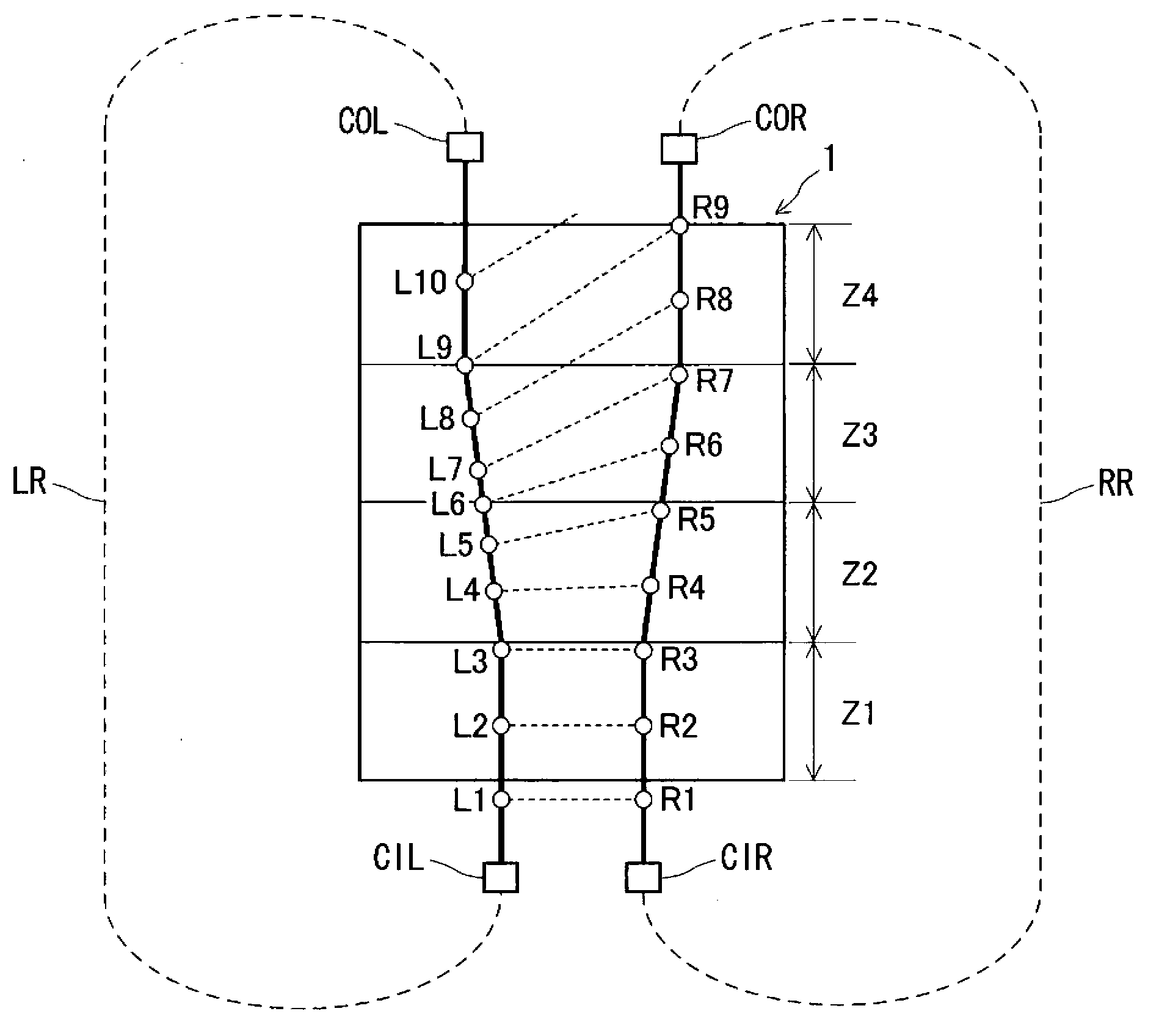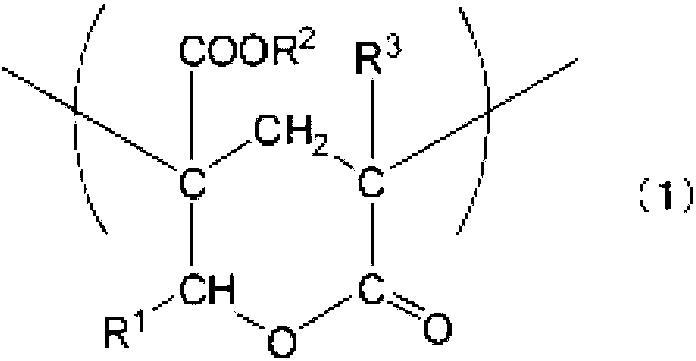Method of manufacturing phase difference film and phase difference film roll
A technology of retardation film and manufacturing method, which is applied to flat products, instruments, polarizing elements, etc., can solve problems such as cracks, defects, and diaphragm ruptures, so as to reduce adverse effects, improve area use efficiency, and realize field of view angle. Effects of Features
- Summary
- Abstract
- Description
- Claims
- Application Information
AI Technical Summary
Problems solved by technology
Method used
Image
Examples
Embodiment
[0154] Hereinafter, the present invention will be described in more detail by way of examples. The present invention is not limited to the following examples.
[0155] First, methods for evaluating properties of polymers and films produced in Examples and Comparative Examples will be described.
[0156] [Glass transition temperature (Tg)]
[0157] The glass transition temperature (Tg) of a polymer, a resin, and a film is calculated|required based on the regulation of JISK7121. Specifically, using a differential scanning calorimeter (manufactured by Rigaku, Thermo plus EVO DSC-8230), under a nitrogen atmosphere, about 10 mg of a sample was heated from normal temperature to 200° C. (heating rate: 20° C. / min) to obtain DSC curve, from which the DSC curve was evaluated according to the starting point method. The reference uses alpha-alumina.
[0158] [Weight average molecular weight]
[0159] The weight-average molecular weight of the polymer was determined using gel permeati...
manufacture example 1-1
[0176] 15 parts by weight of 2-(hydroxymethyl)methyl acrylate (MHMA), 27 parts by weight of methyl methacrylate (MMA), methacrylate 5 parts by weight of ester (AM), 3 parts by weight of N-vinylcarbazole (NVCz), and 50 parts by weight of toluene as a polymerization solvent. The temperature was raised to 105° C. while introducing nitrogen gas into the reaction container, and after reflux was started, 0.02 parts by weight of tert-amyl peroxyisononanoate (manufactured by Arkema Yoshitomi, trade name: Luperox 570) was added as a polymerization initiator. Next, solution polymerization was performed at about 105° C. to 110° C. under reflux while adding dropwise 0.04 parts by weight of the above-mentioned isononanoic acid tert-amyl peroxide over 3 hours. After the dropwise addition was completed, the reaction vessel was further continued to be heated for 4 hours.
[0177] To the polymerization solution thus obtained, 0.1 part by weight of stearyl phosphate (manufactured by Sakai Chem...
manufacture example 1-2
[0181] 15 parts by weight of MHMA, 30 parts by weight of MMA, 5 parts by weight of n-butyl methacrylate (BMA), and 50 parts by weight of toluene as a polymerization solvent were put into a reaction vessel equipped with a stirring device, a temperature sensor, a cooling pipe, and a nitrogen gas introduction pipe. The temperature was raised to 105° C. while introducing nitrogen gas into the reaction container, and after reflux was started, 0.03 parts by weight of tert-amyl peroxyisononanoate (manufactured by Arkema Yoshitomi, trade name: Luperox 570) was added as a polymerization initiator. Next, solution polymerization was performed at about 105° C. to 111° C. under reflux while adding dropwise a mixed solution of 0.06 parts by weight of tert-amyl peroxyisononanoate and 0.7 parts by weight of toluene over 6 hours. After completion of the dropwise addition, further aging was carried out for 2 hours.
[0182] 0.05 parts by weight of an octyl phosphate / dioctyl phosphate mixture (m...
PUM
| Property | Measurement | Unit |
|---|---|---|
| Thickness | aaaaa | aaaaa |
| Tg | aaaaa | aaaaa |
| The average particle size | aaaaa | aaaaa |
Abstract
Description
Claims
Application Information
 Login to View More
Login to View More - R&D
- Intellectual Property
- Life Sciences
- Materials
- Tech Scout
- Unparalleled Data Quality
- Higher Quality Content
- 60% Fewer Hallucinations
Browse by: Latest US Patents, China's latest patents, Technical Efficacy Thesaurus, Application Domain, Technology Topic, Popular Technical Reports.
© 2025 PatSnap. All rights reserved.Legal|Privacy policy|Modern Slavery Act Transparency Statement|Sitemap|About US| Contact US: help@patsnap.com



